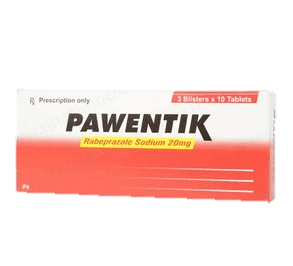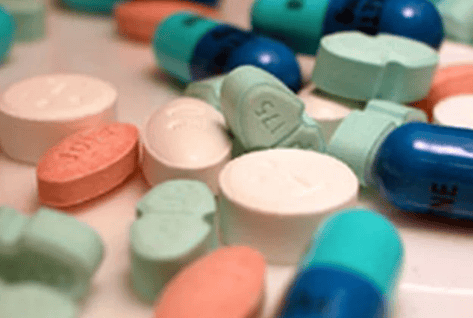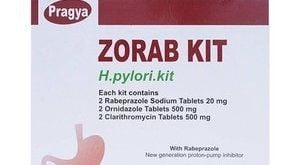This is an automatically translated article.
The article was professionally consulted by MSc Vu Van Quan - Department of General Surgery & Anesthesia - Vinmec Hai Phong International General Hospital.Intestinal anastomosis is a basic but very important operation in gastrointestinal surgery. The conditions of a good suture are: The suture should be tight, the suture should be firm, the suture should be well perfused, and the junction should not be narrow. However, after an intestinal suture surgery can cause complications for you.
1. Early complications of intestinal anastomosis
1.1. Bleed
Common in the first 24 hours after surgery
1.1.1. Bleeding at the anastomosis
Cause:
Insufficient bleeding control or due to tight ligation at the time of surgery (because blood pressure is often low), then bleeding again. Remaining ulcer on the stomach side has not been removed. The duodenal ulcer left in surgery could not remove the duodenal ulcer. Pathogenic causes: Pancreatic fluid has the ability to induce and maintain bleeding (Dalannoy), bile, duodenal fluid in contact with sutures can produce noncoagulation factor causing bleeding (Reymond J.C.) . Improper way of suturing the joint. Symptoms The patient has little changes in pulse and blood pressure. If a nasogastric tube is placed, the gastric juice will gradually become bright red (normally green or dark brown after surgery). If the tube is not inserted, it will only be known when the patient vomits. There are very few cases of massive vomiting of blood. According to the statistics of Jordan and De Bakey, the rate of bleeding at the anastomosis is 3.4%.
Treatment Mild level use hemostatic drugs: Vitamin K, C, calcium chloride, Glanonitrin, Hemocapron... Wash the stomach with melting ice or serum until clear. More severe for blood transfusion, if the fluid is still red, then surgery is required to stop the bleeding. 1.1.2. Intra-abdominal bleeding
Cause:
Due to slippage of major blood vessels. Due to damage to the spleen when releasing the great curvature, when pulling the valve, causing trauma, at the end of surgery, wiping at the splenic fossa causes damage to the spleen... Symptoms: Patient has blood loss syndrome: pale , fatigue, sweating, tachycardia, low blood pressure, red blood cells, hemoglobin, and hematocrit all decreased. If there is drainage from the abdomen, there will be blood rushing out. Maybe when in doubt, separate the incision Check or probe.
Treatment: Urgently transfuse fresh blood and re-operate to stop bleeding. If due to blood vessels, the intestines are connected by sutures. If the spleen is damaged, it can be sutured conservatively or splenectomy.
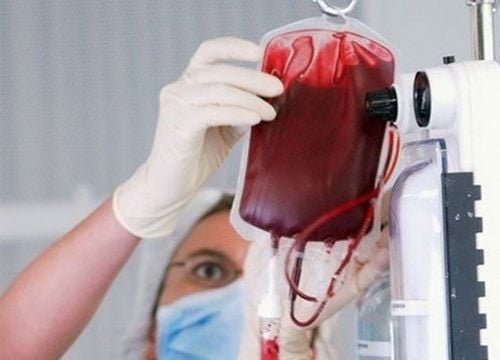
1.2. Clogged mouth connection
Cause: Due to intestinal anastomosis, narrowing of the afferent or afferent loop. Due to twisting and twisting the anastomosis at the end of the surgery without knowing it. Due to dysfunction of the nervous system. Symptoms: A few days after the intestinal anastomosis, you have vomiting, inability to circulate, gradually exhausted, there may be fever, X-ray of the stomach does not circulate. If it occurs early, it is usually due to inflammation and edema of the anastomosis, but the mouth is narrow. If it is later, it should be thought of because of a true or sticky anastomosis.
Treatment: Infusion, antibiotics, support. Gastric suction daily. If there is no result, surgery must be repeated to solve the cause.
1.3. Joint Leakage
Cause: Due to the technique of anastomosis, the anastomosis is not closed. Ischemia at the anastomosis due to vascular ligation or suture technique. Body condition is not good, malnourished, exhausted. Severe infection after surgery: abscess under the diaphragm... Symptoms: Patient has abdominal pain, peritoneal reaction, abdominal wall spasm. There is an infection syndrome: dry lips, dirty tongue, haggard face. Rapid pulse. White blood cells are high in the blood. Treatment: Mild: fasting, intravenous fluids, antibiotics, protein supplements, blood. Severe degree requires surgery, cleaning the peritoneal cavity, checking and managing the leak site.
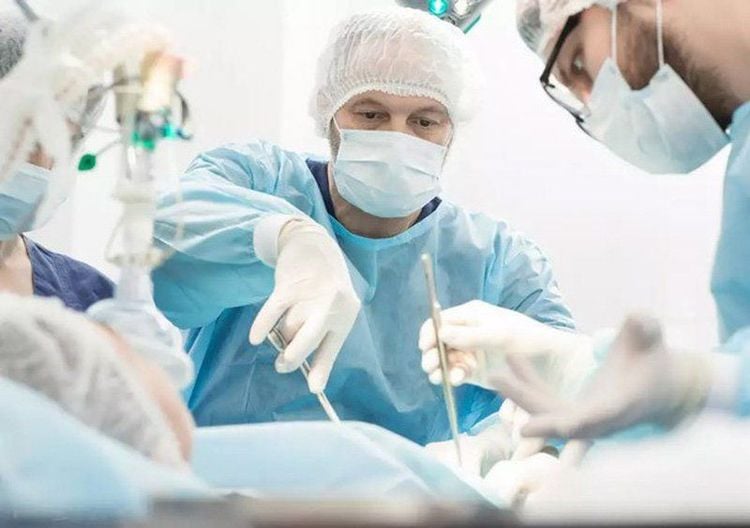
2. Late complications of intestinal anastomosis
Inflammation - ulceration of the anastomosis
After the intestinal anastomosis, you appear intermittently with dull pain, nausea or after eating a certain food, the pain has an increased burning nature. Taking antibiotics relieves the pain. If the inflammation recurs many times, it will lead to ulcers.
Master. Doctor. Vu Van Quan has more than 10 years of experience working in the field of General Gastroenterology, specializing in the examination and treatment of surgical pathologies of the gastrointestinal tract, liver, bile, pancreas and diseases of the abdominal peritoneum and abdominal wall.
Please dial HOTLINE for more information or register for an appointment HERE. Download MyVinmec app to make appointments faster and to manage your bookings easily.






